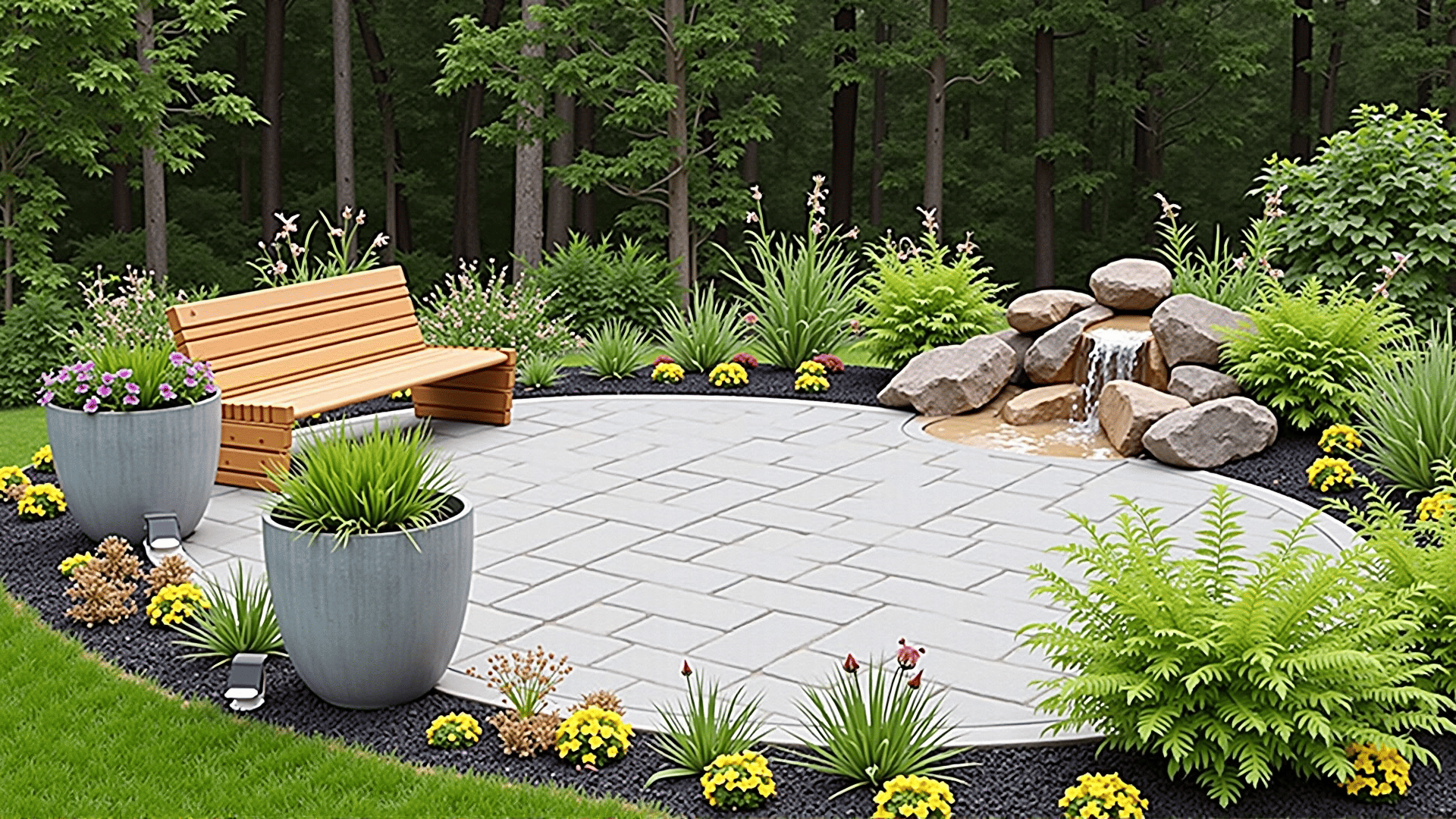Creating a more sustainable outdoor space by choosing materials and designs that benefit the environment is an inspiring and rewarding endeavor. By choosing eco-friendly hardscaping options, you can add beauty to your garden while also contributing positively to the planet. Incorporating permeable materials and recycled elements into your design can make a significant difference.
Permeable Materials
One of the key elements of sustainable hardscaping is the use of permeable materials. These materials allow water to seep through, reducing run-off and promoting natural water filtration into the ground. Consider options like permeable pavers, gravel, and porous concrete. These materials not only help manage stormwater but also reduce the strain on local water management systems. Moreover, they help maintain the natural hydrological cycle, contributing to healthier soil and plant life.
Recycled Elements
Integrating recycled materials into your hardscape design is both an ecological and creative choice. Recycled bricks, reclaimed wood, and repurposed stone add character and history to a garden. Using these elements reduces demand for new resources and reduces waste in landfills. For example, reclaimed bricks can be used to create charming pathways or garden edging, while smoothed, recycled glass can replace gravel for striking, colorful accents.
Native Plants and Greenery
Complementing your hardscape design with native plants amplifies the environmental benefits. Native plants are adapted to local climates and require less water and maintenance. They also support local wildlife, offering habitats and food sources for birds and insects. Incorporating planters or green walls with drought-tolerant plants can soften hard edges and enhance the micro-ecosystem of your garden.
Thoughtful Design
Sustainable hardscaping isn't only about materials; it's also about design mindfulness. Employ techniques that maximize space efficiency and functionality, like creating terraces on sloped areas to prevent erosion and improve water absorption. Orient pathways and patios to make the most of natural light and shade, reducing the need for artificial lighting or cooling.
Sustainable Practices
When planning your hardscape project, think about reducing your carbon footprint. Opt for local materials to minimize transportation emissions and seek out suppliers committed to sustainable practices. During installation, use hand tools instead of gas-powered machines where possible and recycle or compost any waste generated during the process.
By adopting these eco-friendly hardscaping strategies, you can create a garden that not only captivates with its beauty but also stands as a testament to sustainable living. This approach not only enhances your outdoor space but also contributes to a broader movement towards environmental responsibility and innovation.
